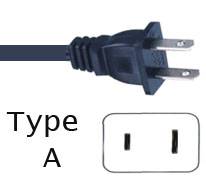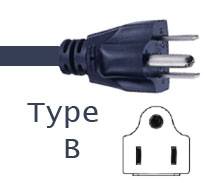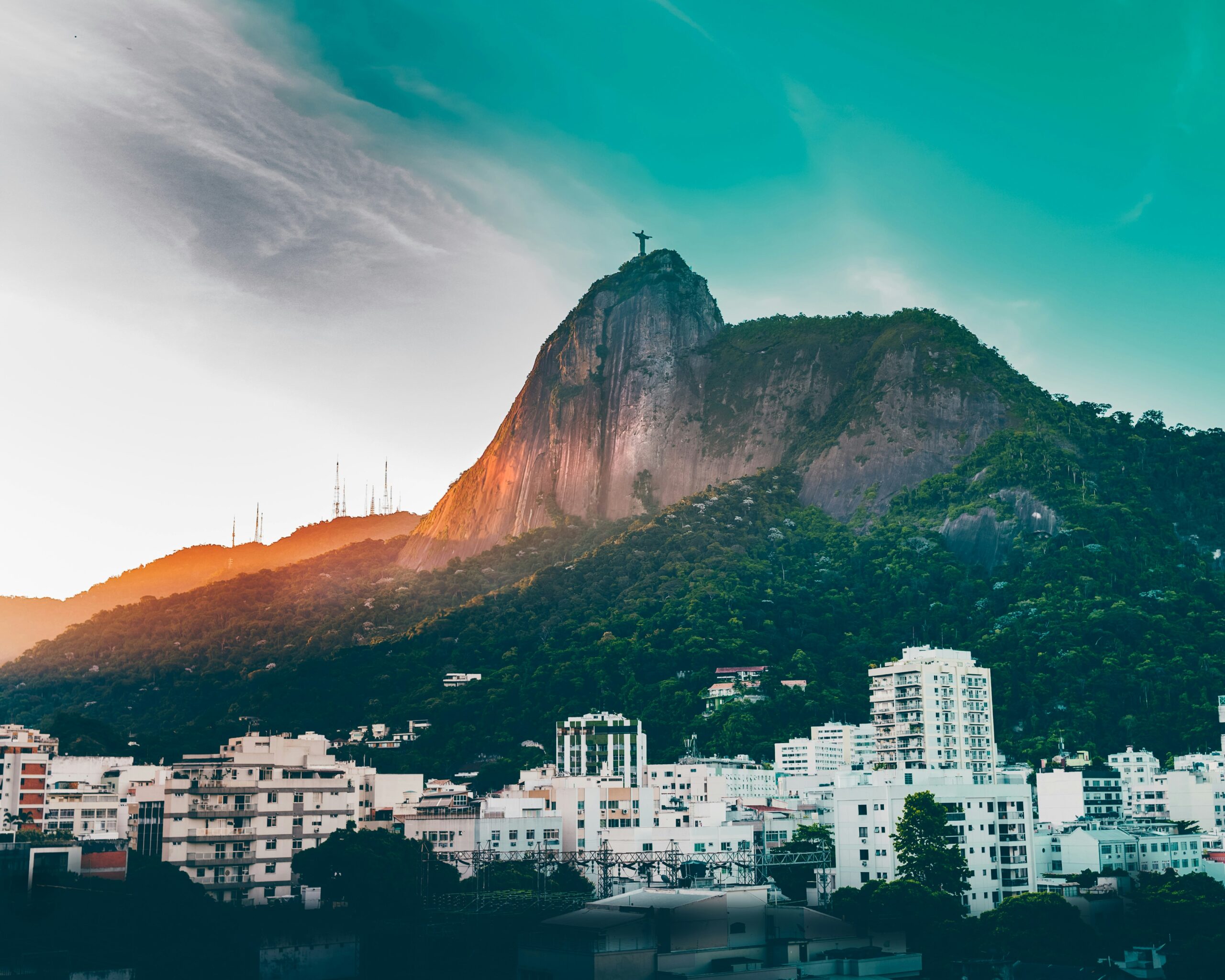The United States, often referred to as “America,” is a vast and diverse country known for its iconic landmarks, cultural diversity, and natural wonders. From the towering skyscrapers of New York City to the breathtaking landscapes of the Grand Canyon and the lush forests of the Pacific Northwest, the United States offers travelers an endless array of experiences. Explore vibrant cities, discover rich historical sites, indulge in diverse cuisine, or embark on outdoor adventures in national parks and scenic wilderness areas. With its blend of urban excitement, natural beauty, and cultural heritage, the United States invites visitors to explore its many treasures and create unforgettable memories.
Ultimate United States Travel Guide
Destinations
Best time to go
The best time to visit the United States depends on the region and the activities you have planned. Generally, the summer months (June to August) are ideal for outdoor activities, beach vacations, and exploring national parks, while the winter months (December to February) offer opportunities for skiing, snowboarding, and other winter sports in northern regions. Spring (March to May) and fall (September to November) are characterized by mild temperatures and vibrant foliage, making them great times to visit cities and enjoy outdoor activities.
Average Temperature By Month
January: -2°C to 13°C (28°F to 55°F)
February: -1°C to 14°C (30°F to 57°F)
March: 2°C to 17°C (36°F to 63°F)
April: 7°C to 21°C (45°F to 70°F)
May: 12°C to 25°C (54°F to 77°F)
June: 17°C to 29°C (63°F to 84°F)
July: 20°C to 31°C (68°F to 88°F)
August: 20°C to 31°C (68°F to 88°F)
September: 16°C to 28°C (61°F to 82°F)
October: 10°C to 23°C (50°F to 73°F)
November: 4°C to 17°C (39°F to 63°F)
December: -1°C to 14°C (30°F to 57°F)
What To Expect
Time Zone:
The United States spans multiple time zones, ranging from Eastern Standard Time (EST) to Hawaii-Aleutian Standard Time (HAST). The most common time zones are Eastern Standard Time (EST), Central Standard Time (CST), Mountain Standard Time (MST), and Pacific Standard Time (PST).
Currency:
The official currency of the United States is the US Dollar (USD). Credit cards are widely accepted in most establishments, and ATMs are readily available in urban areas and tourist destinations.
Language:
English is the primary language spoken in the United States. Spanish is also widely spoken, particularly in states with large Hispanic populations, such as California, Texas, and Florida.
Airport:
The United States has numerous major international airports, including John F. Kennedy International Airport (JFK) in New York City, Los Angeles International Airport (LAX) in Los Angeles, and Hartsfield-Jackson Atlanta International Airport (ATL) in Atlanta. These airports serve as gateways to the United States and offer connections to destinations around the world.
How To Get Around
Public Transportation: Major cities in the United States have comprehensive public transportation systems, including buses, subways, light rail, and commuter trains. In more rural areas, transportation options may include regional buses and taxis.
Rental Cars: Renting a car is a popular option for exploring the United States independently, especially in areas with limited public transportation. Several car rental agencies operate at airports and in major cities, offering a range of vehicle options.
Domestic Flights: For long-distance travel within the United States, domestic flights are available between major cities and regional airports. Several airlines operate domestic routes, providing convenient connections across the country.
Average Temperature By Month:
January: -2°C to 13°C (28°F to 55°F)
February: -1°C to 14°C (30°F to 57°F)
March: 2°C to 17°C (36°F to 63°F)
April: 7°C to 21°C (45°F to 70°F)
May: 12°C to 25°C (54°F to 77°F)
June: 17°C to 29°C (63°F to 84°F)
July: 20°C to 31°C (68°F to 88°F)
August: 20°C to 31°C (68°F to 88°F)
September: 16°C to 28°C (61°F to 82°F)
October: 10°C to 23°C (50°F to 73°F)
November: 4°C to 17°C (39°F to 63°F)
December: -1°C to 14°C (30°F to 57°F)
Plugs:
The United States uses electrical outlets that are compatible with Type A and Type B plugs, which have two flat parallel pins or two flat parallel pins plus a grounding pin, respectively. The standard voltage is 120 volts AC, with a frequency of 60Hz.
VPN:
While the United States generally has unrestricted internet access, using a virtual private network (VPN) can provide added security and privacy, especially when accessing public Wi-Fi networks.
Safety:
The United States is considered a safe destination for travelers, but it's essential to exercise common sense and take precautions to ensure your safety. Be mindful of your surroundings, particularly in crowded tourist areas and urban centers. Follow local laws and regulations, respect cultural customs, and stay informed about any travel advisories or alerts issued by authorities.
Credit Cards and Banks
Credit Cards: Credit cards are widely accepted in the United States, including urban areas, tourist destinations, and smaller establishments. Visa and MasterCard are the most commonly accepted cards, followed by American Express and Discover. However, it’s always a good idea to carry some cash for places that may not accept cards.
Debit Cards: Debit cards are commonly used for purchases and ATM withdrawals in the United States. Most banks issue debit cards to their customers, often with Visa or MasterCard logos, which can be used like credit cards for transactions. Chip-and-PIN technology is increasingly common for security.
ATMs: ATMs are ubiquitous across the United States and can be found in urban areas, towns, and even in more remote locations. They allow for cash withdrawals and balance inquiries. Many banks and credit unions offer nationwide ATM networks, reducing fees for their customers.
Currency Exchange: The official currency of the United States is the US Dollar (USD). Foreign currencies can be exchanged at banks, currency exchange booths, some hotels, and at airports. However, US dollars are widely accepted, and currency exchange may not be necessary for most visitors.
Banks: The United States has a diverse banking sector, including national and regional banks, credit unions, and online banks. Major national banks include Bank of America, JPMorgan Chase, Wells Fargo, and Citibank. These banks offer a wide range of financial services, including checking accounts, savings accounts, loans, and investment products.
Traveler’s Checks: Traveler’s checks have become less common in the United States due to the widespread acceptance of credit and debit cards. While some establishments may still accept them, they are not as widely used as they once were. It’s recommended to carry cash or use cards for transactions.
Tips for Banking in the United States:
- Notify your bank before traveling to the United States to inform them of your travel plans, especially if you plan to use your cards abroad.
- Keep your PIN and card information secure, especially when using ATMs and making transactions in crowded areas.
- Familiarize yourself with any potential fees associated with using ATMs that are out-of-network to avoid unnecessary charges.
- The United States has a highly developed banking system, with online and mobile banking options widely available for convenience.
Understanding the banking system in the United States can help ensure a smooth financial experience during your travels or while living in the country.
Locations
United States
TRAVEL FACTS
US State Dept Travel Advisory
https://travel.state.gov/content/travel/en/traveladvisories/traveladvisories.html
Passport/Visa Requirements
For the latest passport and visa requirements for this country, please consult the U.S. State Department’s “Learn About Your Destination” search tool, available through the link below.
US Embassy/Consulate
N/A
LGBTQIA+ Travelers
Telephone Code
1
Local Emergency Phone
911
Vaccinations
The CDC and WHO recommend the following vaccinations for United States: hepatitis A, hepatitis B, rabies, meningitis, polio, measles, mumps and rubella (MMR), Tdap (tetanus, diphtheria and pertussis), chickenpox, shingles, pneumonia, COVID-19, and influenza.
Climate
Mostly temperate but tropical in Hawaii and Florida, arctic in Alaska, semiarid in the great plains west of the Mississippi River, and arid in the Great Basin of the southwest; low winter temperatures in the northwest are ameliorated occasionally in January and February by warm chinook winds from the eastern slopes of the Rocky Mountains
Currency (Code)
Dollar (USD)
Electricity/Voltage/Plug Type(s)
120 V / 60 Hz / plug types(s): A, B


Major Languages
English, Spanish, Chinese, Hawaiian
Major Religions
Protestant 46.5%, Roman Catholic 20.8%, Jewish 1.9%, Mormon 1.6%, other Christian 0.9%, Muslim 0.9%, Jehovah’s Witness 0.8%, Buddhist 0.7%, Hindu 0.7%
Time Difference
UTC-5 (during Standard Time); daylight saving time: +1hr, begins second Sunday in March; ends first Sunday in November; note: the 50 United States cover six time zones
Potable Water
Yes
International Driving Permit
Suggested for non-US citizens.
Road Driving Side
Right
Tourist Destinations
Grand Canyon; Niagara Falls; Statue of Liberty; Washington, DC (includes White House, National Mall); Yellowstone National Park; Yosemite National Park; Denali National Park; Times Square; Golden Gate Bridge; Mesa Verde; Disney World/Land in Florida/California; Hawaii (includes Oahu, Maui, and island of Hawaii); Utah’s national parks; Las Vegas
Major Sports
American Football, baseball, basketball, ice hockey, soccer, tennis
Cultural Practices
Being on time is important. Americans can be very direct and honest, even though it may seem rude to people from another culture. Americans wait their turn in lines.
Tipping Guidelines
At restaurants, tip 15-20% of the bill, based on quality of service. For bartenders, tip $1 per drink. Tip taxi drivers 10-15% of the fare. Tip housekeeping $2-3 per night; tip room service $1-2 per delivery; tip bellhops $1-2 per bag; $2-5 for valet; $1-2 for doormen if they hail a taxi.
Souvenirs
Regional food items such as sauces, preserves, and candy, t-shirts, Disney merchandise, American flag, statue of Liberty model, and local specialties.
Traditional Cuisine
Highlights of American cuisine include milkshakes, barbecue, and a wide range of fried foods. Many quintessential American dishes are unique takes on food originally from other culinary traditions, including pizza, hot dogs, and Tex-Mex.
Please visit the following links to find further information about your desired destination.
World Health Organization (WHO) – To learn what vaccines and health precautions to take while visiting your destination.
US State Dept Travel Information – Overall information about foreign travel for US citizens.
To obtain an international driving permit (IDP). Only two organizations in the US issue IDPs:
American Automobile Association (AAA) and American Automobile Touring Alliance (AATA)
How to get help in an emergency?
Contact the nearest US embassy or consulate, or call one of these numbers:
from the US or Canada – 1-888-407-4747 or from Overseas – +1 202-501-4444
Central Intelligence Agency.
The World Factbook.
/the-world-factbook
(May 8, 2024)



